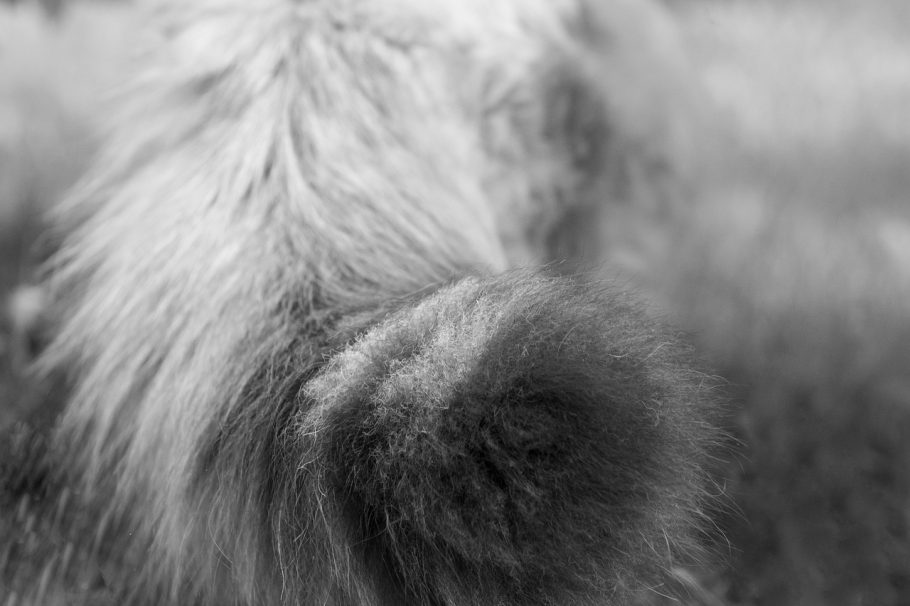Cats are known for being quirky creatures, and one of their most intriguing behaviors is how they communicate through the movement of their tails. Decoding a cat’s tail language can be incredibly helpful in understanding their emotions, motivations, and overall well-being. By observing a cat’s tail movements, pet owners can gain a deeper insight into their furry friend’s behavior and strengthen their bond.
Understanding tail language can also be important for cat owners who want to ensure their pet is as healthy and happy as possible. For example, if a cat is holding its tail in an unusual position or experiencing difficulty wagging its tail, it could be an indication of an underlying medical issue that requires veterinary attention.
Why Do Cats Wag Their Tails?
Cats are well-known for their ability to communicate through their body language, and one of the most intriguing ways they express themselves is through their tails. However, contrary to popular belief, a wagging tail does not always indicate a happy or excited cat. Tail movements can signify a range of emotions, from frustration to aggression, and learning to read these subtle signals can help owners interpret their cat’s behavior and respond accordingly.
For example, a rapidly flicking tail is often a sign of impatience or irritation, while a slow flicking tail can indicate curiosity or uncertainty. Twitching or trembling tails can suggest excitement or anxiety, while rapid flicking at the base of the tail may indicate anger or agitation.
It is important for cat owners to be able to read these tail gestures in conjunction with other body language cues, such as ear position and vocalizations, in order to fully understand their cat’s message. By doing so, they can build a stronger bond with their feline companions and provide them with a happier and healthier life.
Types of Tail Movements
When it comes to cat tail movements, there are several different types that owners should be aware of. Flicking is one of the most common, and can indicate irritation or impatience. Rapid flicking or thumping of the base of the tail may signal anger or agitation. Slow flicking, on the other hand, can indicate uncertainty or curiosity.
Another type of tail movement is twitching or trembling, which can signal excitement or anxiety. The speed and intensity of the movements can provide more insight into the cat’s emotional state. Wrapping and puffing of the tail can also occur, with wrapping being a sign of relaxation and comfort, and puffing being a sign of fear or aggression.
It’s important for cat owners to pay attention to their pet’s tail movements, as they can provide valuable information about their mood and well-being. Understanding these movements can also help prevent miscommunication and potential aggression between cats and their owners or other pets.
Flicking
When a cat flicks its tail quickly back and forth, it usually means the cat is feeling irritated or impatient. However, it could also indicate that the cat is anticipating prey or wants to play. Cat owners should be cautious when approaching a cat in this state, as they may become aggressive. It’s important to pay attention to the context of the tail movement and other body language cues to better understand what the cat is trying to communicate.
If the rapid tail flicking is accompanied by flattened ears, dilated pupils, and a low growl or hiss, it’s a sign that the cat is agitated and should be left alone until it calms down. Approaching a cat in this state could result in the cat scratching or biting.
Overall, understanding a cat’s tail movements can provide valuable insight into their emotions and intentions. It’s important to observe and interpret these movements in the context of the cat’s overall behavior to ensure a happy and healthy relationship between cat and owner.
Rapid Flicking or Thumping
A cat’s tail is a vital part of their communication arsenal, and rapid flicking or thumping of the base of the tail may indicate anger or agitation. When a cat is exhibiting this behavior, it is best for owners to give their cat space until they calm down. Continuing to approach a cat in this state may cause them to become aggressive, leading to potential harm for both the cat and the owner.
It is important for cat owners to pay attention to their cat’s body language, including tail movements, to understand their mood and intentions. Proper understanding of a cat’s body language can help prevent potential conflicts and promote positive interactions between cats and their owners.
Slow Flicking
When a cat is slowly flicking its tail, it generally means that they are uncertain or curious. This could indicate that the cat is focused on something and is trying to decide whether to investigate or back away. It’s important for cat owners to pay attention to their cat’s tail movements and other body language cues to better understand their mood and intentions. If a cat is exhibiting slow tail flicking, it’s best to approach them calmly and allow them to assess the situation on their own terms. By respecting a cat’s communication style, owners can build a stronger bond with their feline companion.
Twitching or Trembling
When a cat’s tail twitches or trembles, it can indicate either excitement or anxiety. The speed and intensity of the movements can help determine which emotion the cat is experiencing. However, this tail movement can also be a sign of pain or discomfort if accompanied by other signs of distress. For example, if a cat is twitching its tail while also vocalizing in pain or avoiding physical touch, it may be experiencing some sort of discomfort in its tail or elsewhere in its body. As with all body language cues, it’s important for cat owners to pay attention to their cat’s overall behavior and other cues to understand what their cat is trying to communicate through its tail movements.
Caring for Your Cat’s Tail
A cat’s tail is not just an adornment; it serves various purposes such as balance, communication, and expression of emotions. Therefore, it is crucial to take care of a cat’s tail just like any other part of their body. Owners should regularly check their cat’s tail for any signs of injuries, such as cuts, bites, or wounds. They should also look for parasites like fleas or ticks, which can cause irritation and infection.
Grooming is also essential for a cat’s tail. Owners can use a soft brush to remove any dirt or debris that may have accumulated. Regular grooming can prevent matting and tangles in the fur, which could lead to discomfort and pain for the cat. It is also important to provide appropriate toys, scratching posts, and grooming tools to keep the cat’s tail healthy and happy.
Additionally, if an owner notices any abnormalities with their cat’s tail, such as a lump, swelling, or discoloration, it is important to seek veterinary care immediately. These could be symptoms of a more severe condition that requires treatment.
In conclusion, taking care of a cat’s tail is crucial for their overall well-being and health. By regularly checking for any injuries, parasites, or abnormalities, providing appropriate grooming and toys, and seeking veterinary care if necessary, owners can ensure that their furry friends have happy and healthy tails.




